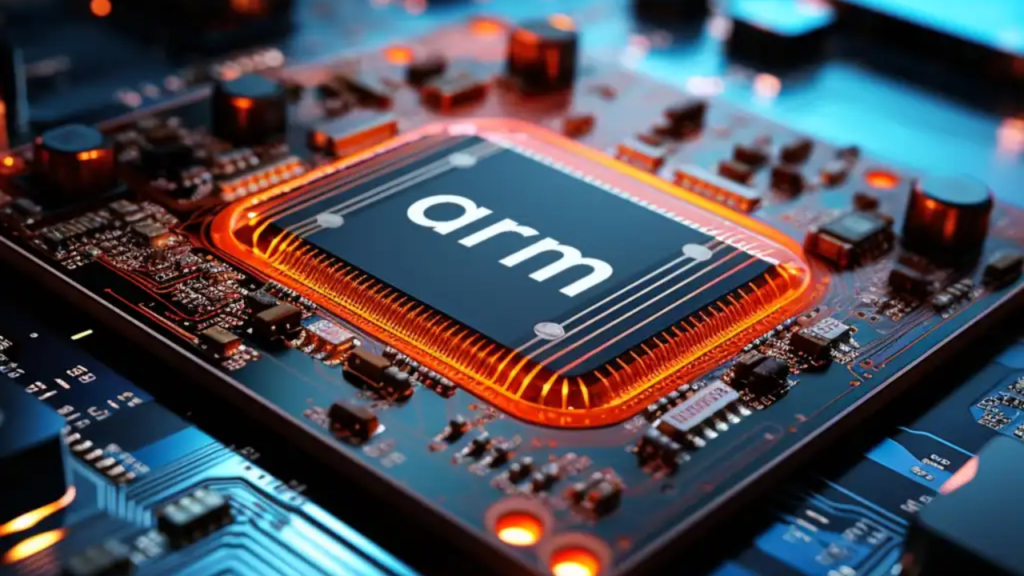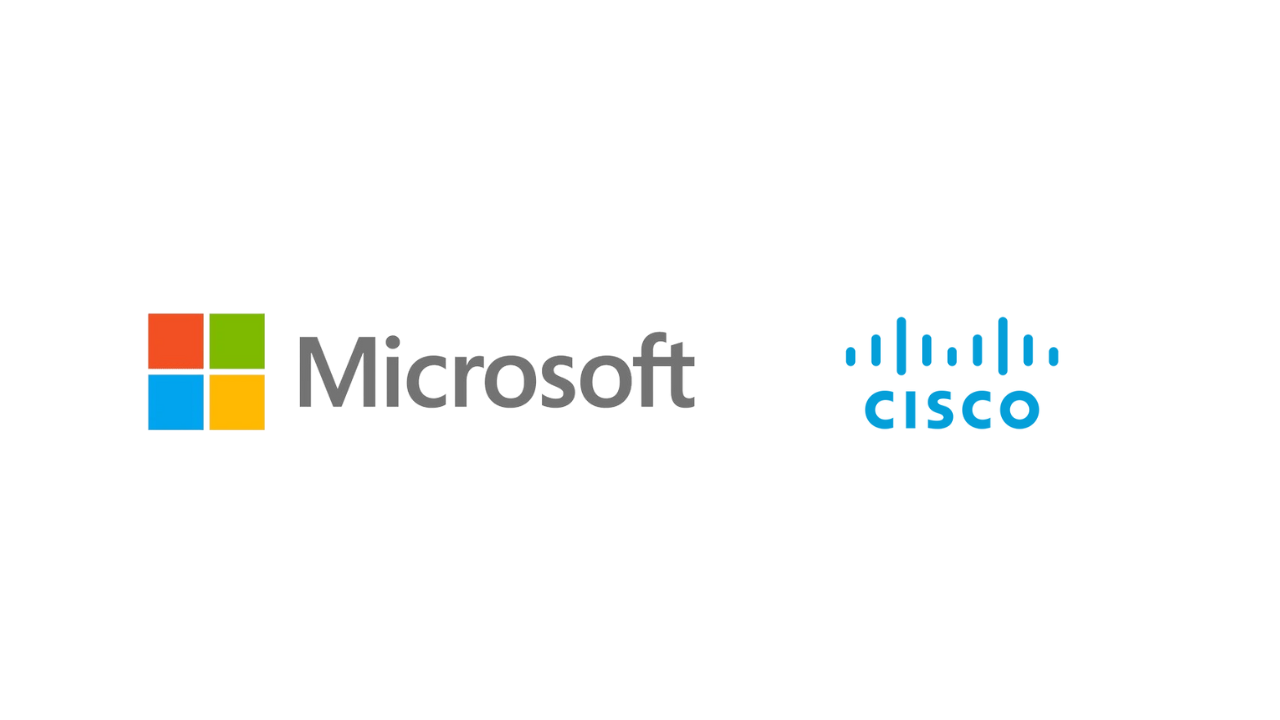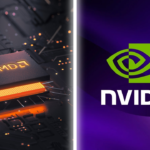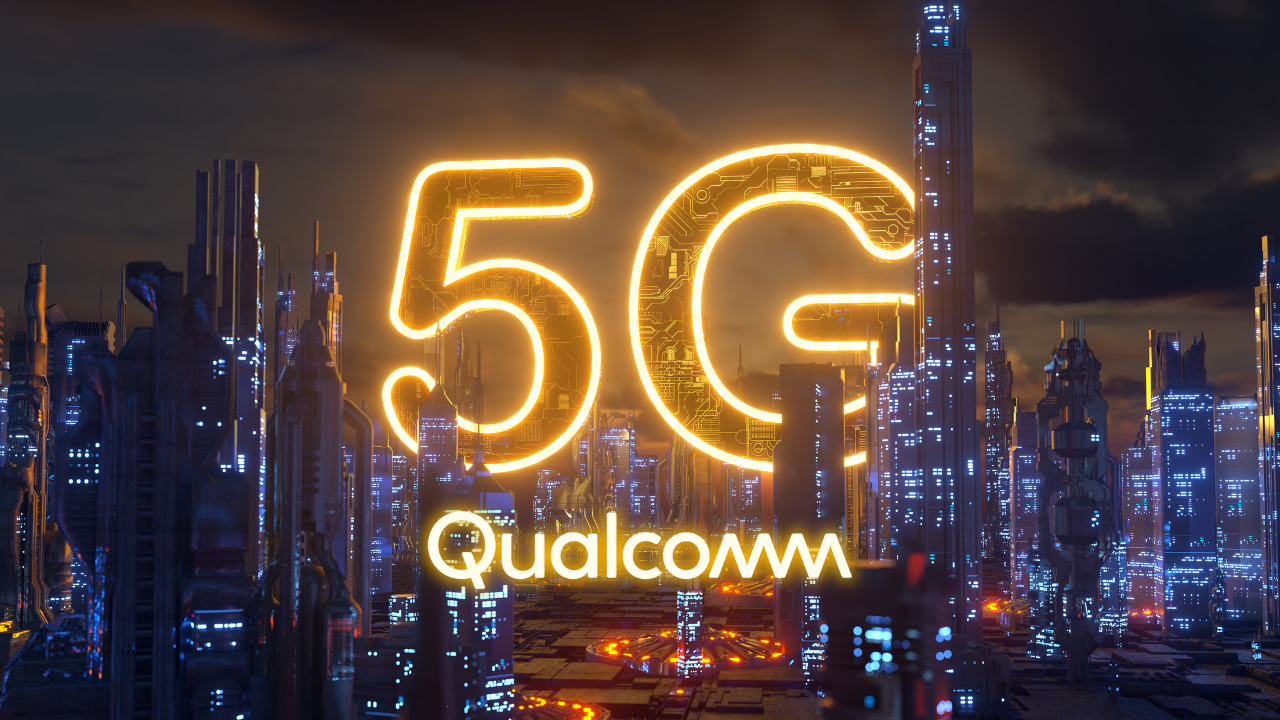
SEO Meta Description: Discover why Apple’s decision to transition to ARM chips is a bold, smart bet for the future. Explore the advantages of ARM chips tech in energy efficiency, performance, and the future of computing.
Slug: arm-chips-tech-apples-move
The transition from Intel processors to ARM chips in Apple devices marks a bold and strategic shift in the tech industry. Apple’s decision to embrace ARM chips has far-reaching implications not only for its product lineup but also for the broader landscape of computing. In this article, we’ll explore why ARM chips tech is the future, examining how Apple’s move to ARM is a smart bet that benefits both users and developers alike.
What Are ARM Chips?
ARM chips, powered by ARM architecture, are a type of microprocessor that differs significantly
from traditional x86 processors. Unlike Intel and AMD chips, which are commonly found in laptops and desktops, ARM chips are known for their energy efficiency and performance per watt, making them ideal for mobile devices like smartphones and tablets.
ARM, or Advanced RISC Machine, is a family of Reduced Instruction Set Computing (RISC) architectures, known for their simplicity, smaller size, and low power consumption. This architecture allows ARM chips to execute instructions with fewer cycles, improving energy efficiency, which is crucial in mobile devices that need to conserve battery life.
The primary reason ARM chips tech has gained prominence is their energy efficiency, which allows manufacturers to build smaller and lighter devices that still pack significant power. This efficiency has made ARM chips the go-to choice for smartphones, wearables, and embedded systems.
The Rise of ARM in the Tech Industry
ARM chips tech has gained tremendous traction in the tech world over the past decade. Historically, ARM chips were primarily used in mobile devices, but their influence is expanding into other areas such as laptops, tablets, and even data centers. This shift reflects the growing demand for more energy-efficient and compact computing solutions.
The mobile industry was one of the first to embrace ARM chips, with Apple, Qualcomm, and Samsung leading the charge. ARM chips powered the earliest iPhones, and today, they dominate the market for mobile devices. ARM’s low power consumption allows these devices to last longer on a single charge while maintaining excellent performance.
As the tech industry continues to push for more energy-efficient solutions, ARM’s role in computing continues to grow, particularly in the face of increasing demands for sustainable technology. With ARM chips, Apple and other tech giants can build devices that are both powerful and environmentally friendly.
Apple’s Shift to ARM: A Bold Decision
Apple’s decision to transition its entire Mac lineup from Intel chips to ARM-based Apple Silicon processors, starting with the M1 chip, was a groundbreaking move. This shift is not just about upgrading hardware; it’s about regaining control over the entire hardware and software ecosystem.
Apple’s switch to ARM chips tech was a bold decision, marking the beginning of a new era for the company’s computing products. By designing its own ARM chips, Apple can optimize its software (macOS) to run more efficiently, resulting in faster performance, lower power consumption, and better integration across devices.
Intel processors, which had powered Macs for years, were no longer meeting Apple’s needs in terms of performance and energy efficiency. As Apple developed its custom ARM chips, it saw an opportunity to create a more seamless and integrated computing experience. This move has allowed Apple to deliver exceptional performance, as seen in the impressive M1 and M2 chips, which outperform Intel’s best processors in many tasks.
Why ARM Chips Are More Energy Efficient
One of the biggest advantages of ARM chips tech is their energy efficiency. ARM processors are designed to execute instructions with fewer cycles, which translates to less power consumption. This efficiency is crucial for mobile devices and laptops, where battery life is a major selling point.
Unlike traditional x86 processors, which are optimized for high performance and multi-tasking, ARM chips are designed to balance performance and energy consumption. For example, the M1 and M2 chips use ARM architecture to offer industry-leading power efficiency, resulting in longer battery life for devices like the MacBook Air and MacBook Pro.
The ability to run more efficiently without sacrificing performance is one of the key reasons why Apple’s transition to ARM is a game-changer. With ARM chips, Apple can offer devices that are not only faster but also more energy-efficient, allowing users to enjoy longer battery life and better overall performance.
Performance Advantages of ARM Chips for Apple Devices
ARM chips tech offers significant performance advantages, particularly for Apple devices. The ARM architecture allows for high-performance computing with minimal power consumption. Apple’s custom ARM-based chips, such as the M1 and M2, deliver impressive processing power while maintaining excellent energy efficiency.
Apple has tailored its ARM chips to optimize macOS, making them particularly suited for tasks like machine learning, AI processing, and video editing. The M1 chip, for instance, features an 8-core CPU and an 8-core GPU, providing both powerful processing power and graphical
performance. These chips can run demanding applications without compromising battery life, a feature that Intel-based Macs struggled with in the past.
The performance of ARM chips tech is especially evident in the Apple ecosystem. The M1 and M2 chips have proven to outperform their Intel counterparts in several benchmarks, offering faster application loading times, better multitasking capabilities, and an overall smoother user experience.
Apple Silicon: M1, M2, and Beyond
Apple’s custom ARM chips, branded as Apple Silicon, are a prime example of how ARM chips tech can revolutionize computing. The M1 chip, introduced in 2020, marked the beginning of this transition, offering significant improvements in speed, energy efficiency, and integration with macOS.
Following the success of the M1, Apple released the M2 chip, which further enhanced performance, particularly for professional users who demand more power for tasks like 3D rendering and video production. The M2 chip builds upon the M1’s architecture, offering more cores and higher bandwidth, ensuring that Apple’s devices can handle even the most demanding workloads.
Looking to the future, Apple’s ARM-based chips will continue to evolve, offering even more powerful solutions for both consumers and professionals. With each new iteration, Apple solidifies its commitment to ARM chips tech, positioning itself as a leader in the computing world.
Integration of Hardware and Software: Apple’s Edge
One of the most significant benefits of ARM chips tech is the ability to integrate hardware and software seamlessly. Apple has long been known for its tight control over both its hardware and software, and ARM chips have allowed the company to take this integration to new heights.
By designing its own ARM-based chips, Apple can optimize macOS and other operating systems to take full advantage of the unique features of ARM architecture. This tight integration results in faster performance, fewer bugs, and a more consistent user experience across all devices.
Moreover, custom ARM chips enable Apple to implement exclusive features, such as the Neural
Engine for machine learning tasks, that would be difficult to achieve with off-the-shelf processors.
Impact on the Mac Ecosystem
The transition to ARM chips tech has had a profound impact on the Mac ecosystem. Apple’s new ARM-based processors, starting with the M1, have revolutionized how Macs perform. The speed improvements, coupled with better power efficiency, have made Macs more competitive in the laptop and desktop markets.
With the new chips, Apple’s MacBook Air, MacBook Pro, and Mac Mini models now offer incredible battery life, improved speed, and enhanced performance in both everyday tasks and demanding professional workflows.
For developers, the shift to ARM means adjusting to a new architecture. However, Apple has ensured compatibility with Intel-based apps through its Rosetta 2 translation layer, allowing software to run seamlessly on ARM-based Macs.
Competitive Advantage: Apple vs. Intel and AMD
The transition to ARM chips tech gives Apple a competitive edge over Intel and AMD, who have long dominated the laptop and desktop markets. By moving to ARM, Apple has significantly reduced its reliance on Intel, which struggled with power efficiency and performance optimization in recent years.
ARM chips tech offers Apple the flexibility to design custom processors tailored to the needs of its devices. This level of customization is something Intel and AMD can’t match, giving Apple an advantage in terms of both performance and cost efficiency.
ARM and the Future of Computing
As more tech giants like Microsoft and Amazon embrace ARM chips tech for their cloud services and devices, ARM is poised to play a key role in the future of computing. ARM’s energy efficiency and scalability make it ideal for everything from smartphones to servers, and its influence is expected to grow in the coming years.
Apple’s success with ARM chips tech is just the beginning. The future of computing looks
increasingly dominated by ARM architecture, and Apple’s bold move will likely set the tone for others to follow.
Conclusion
Apple’s decision to embrace ARM chips tech is a bold and smart bet that is reshaping the tech industry. By transitioning to ARM-based Apple Silicon processors, Apple is setting new standards for performance, energy efficiency, and seamless integration between hardware and software. As the tech world moves toward more sustainable and powerful solutions, ARM chips tech is clearly the future, and Apple’s lead in this space positions it for continued success.










